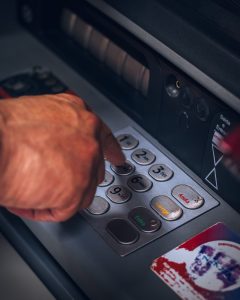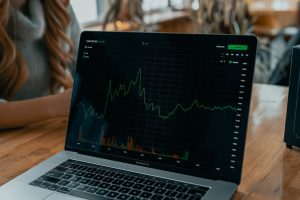Forex trading involves buying and selling currencies in the foreign exchange market. One of the most important aspects of forex trading is determining the right time to enter or exit a trade. To do this, traders use various time indicators to analyze the market and make informed decisions. In this article, we will explain the difference in the time indicators in forex.
Timeframes
Timeframes are the most basic time indicators used in forex. They refer to the period of time that a trader uses to analyze the market. Timeframes are typically displayed on a chart, and they can range from one minute to one month, depending on the trader’s preference.
Shorter timeframes, such as one minute or five minutes, provide more detailed information about the market’s movements. This is because they show price changes that occur over a shorter period of time. However, shorter timeframes can also lead to false signals and market noise, which can make it difficult for traders to make accurate predictions.
On the other hand, longer timeframes, such as one day or one month, provide a broader view of the market. They show the overall trend of the market and are less prone to market noise. However, longer timeframes may not provide enough information for traders who want to make quick trades.
Moving Averages
Moving averages are another time indicator used in forex. They are used to smooth out price data and identify trends in the market. Moving averages are calculated by adding up the prices of a currency pair over a certain period of time and dividing the sum by the number of periods.
Moving averages can be calculated over different timeframes, such as 10 days, 20 days, or 50 days. Traders often use two or more moving averages with different timeframes to identify the trend in the market. For example, if the 10-day moving average is above the 20-day moving average, it may indicate an uptrend in the market, and vice versa.
Moving averages are useful for traders who want to identify the trend in the market and make trades based on that trend. However, they may not be as effective in volatile markets, where prices can fluctuate rapidly and unpredictably.
Relative Strength Index
The relative strength index (RSI) is another time indicator used in forex. It is a momentum oscillator that measures the speed and change of price movements. The RSI is calculated by comparing the average gains and losses of a currency pair over a certain period of time.
The RSI ranges from 0 to 100, with readings above 70 indicating overbought conditions and readings below 30 indicating oversold conditions. Traders use the RSI to identify potential reversal points in the market. For example, if the RSI is above 70, it may indicate that the currency pair is overbought and due for a correction.
The RSI is useful for traders who want to identify potential reversal points in the market. However, it may not be as effective in trending markets, where the RSI can remain in overbought or oversold conditions for an extended period of time.
Conclusion
In conclusion, time indicators are essential tools for forex traders. They help traders to identify potential entry and exit points in the market and make informed trading decisions. Timeframes, moving averages, and the relative strength index are just a few of the many time indicators available to forex traders. By understanding the differences between these time indicators, traders can choose the right tools to analyze the market and make profitable trades.






